Hey there,
My very first blog post was about indoor plants that thrive with minimal watering. Now, I show you those plants that grow beautifully in low-light or dark rooms.
When it comes to decorating spaces with houseplants, not every room is blessed with natural light. Whether you have a space with minimal windows or a room that doesn’t receive much sunlight, there are still plenty of options to bring the right houseplants into your home. In this post, we’ll explore 10 houseplants that not only tolerate low light conditions but thrive in the shadows.
Philodendron (Philodendron spp.)
Philodendrons are versatile and come in various shapes and sizes. They can adapt to low light conditions and only require occasional watering. Some popular varieties include the heartleaf philodendron and the Monstera with its characteristic leaves, both excellent choices for low-light environments.
Watering: Allow the top inch of soil to dry between waterings. Water sparingly.
Fertilizing: Fertilize once a month during the growing season (spring and summer).
ZZ Plant (Zamioculcas zamiifolia)
The ZZ plant, known for its glossy green leaves, is a top choice for low-light areas. It can thrive in almost any light condition, making it perfect for spaces with limited access to sunlight.
Watering: Water infrequently; let the soil dry out between waterings.
Fertilizing: Feed every 2-3 months during the growing season with a balanced liquid fertilizer.
Cast Iron Plant (Aspidistra elatior)
True to its name, the cast iron plant is a robust choice for low-light or dark rooms. It stays healthy even if you forget to take care of it, and it keeps looking full and vibrant.
Watering: Water moderately, allowing the soil to dry out between waterings.
Fertilizing: Fertilize every 2-3 months during the growing season with a balanced liquid fertilizer.
Spider Plant (Chlorophytum comosum)
Spider plants are not only resilient but can also tolerate a range of light conditions, including low light. They are excellent air purifiers and add a touch of elegance to any space.
Watering: Water when the soil feels dry to the touch.
Fertilizing: Feed every 2-4 weeks during the growing season with a diluted, balanced fertilizer.
Dracaena (Dracaena spp.)
Dracaenas come in various species, and many of them are well-suited for low-light conditions. The Madagascar Dragon Tree (Dracaena marginata) and the Janet Craig Dracaena (Dracaena fragrans) are popular choices that add a vertical element to your indoor garden.
Watering: Water moderately; keep the soil consistently moist but not waterlogged.
Fertilizing: Fertilize every 4-6 weeks during the growing season with a liquid fertilizer.
Pothos (Epipremnum aureum)
Pothos, also known as Devil’s Ivy, is not only adaptable to low light but can also thrive in indirect sunlight. Its hanging vines make it a great choice for hanging baskets or shelves, adding versatility and charm to your room.
Watering: Water when the top inch of soil feels dry.
Fertilizing: Feed every 4-6 weeks with a balanced liquid fertilizer during the growing season.
Peace Lily (Spathiphyllum)
Peace lilies, known for their elegant white blooms, are surprisingly tolerant of low light. While they may not bloom as profusely in lower light conditions, their lush green foliage still adds a refreshing touch to any room.
Watering: Keep the soil consistently moist but not waterlogged.
Fertilizing: Fertilize every 6-8 weeks with a balanced liquid fertilizer during the growing season.
Chinese Evergreen (Aglaonema)
Chinese Evergreens are known for their vibrant foliage and ability to tolerate low light. They come in various color variations, making them a decorative choice for dark corners or rooms with limited sunlight. Choose among them carefully because the Aglaonema Crete maintains its vibrant leaf color better in brighter conditions, so avoid selecting this variety for dark rooms.
Watering: Water moderately, allowing the soil to dry slightly between waterings.
Fertilizing: Fertilize every 4-6 weeks with a diluted, balanced liquid fertilizer during the growing season.
Ferns (Various Species)
Ferns, such as the Boston Fern or Maidenhair Fern, are well-suited for low-light conditions. They add a delicate and feathery texture to your indoor space while requiring minimal care.
Watering: Keep the soil consistently moist but not waterlogged.
Fertilizing: Fertilize every 4-6 weeks with a balanced liquid fertilizer during the growing season.
Sansevieria (Snake Plant)
As mentioned in our previous post, the snake plant is not only low-maintenance but also adaptable to low light. Its striking upright leaves make it an attractive addition to any room, even those with minimal sunlight.
Watering: Water sparingly, allowing the soil to almost dry out between waterings.
Fertilizing: Feed with a diluted, balanced liquid fertilizer every 6-8 weeks in the growing season.
You can repot any plant when its container becomes filled with roots, typically every 1-2 years. Before repotting, examine their root system and choose a larger container for further growth. Use a well-draining soil for repotting.
Conclusion
Brightening up low-light or dark rooms with houseplants is not only possible but also rewarding. These houseplants not only survive but thrive in conditions where sunlight is limited.
Here you can read my very first post about minimal watering indoor plants: Low-Maintenance Plants: The best 10 houseplants with Minimal Watering – Bloom and Boughs

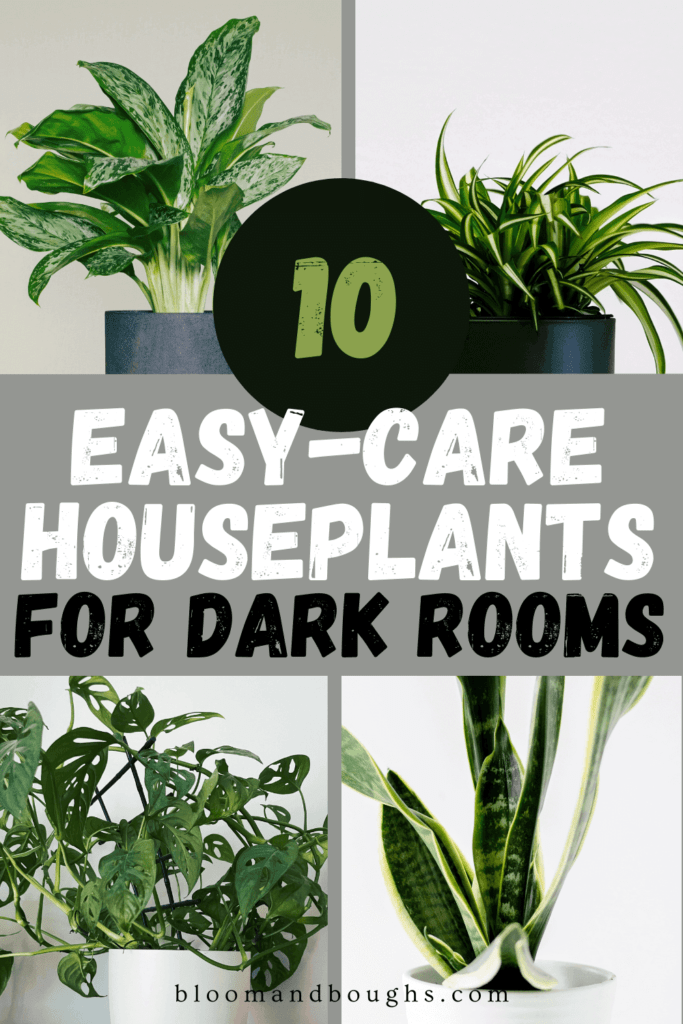
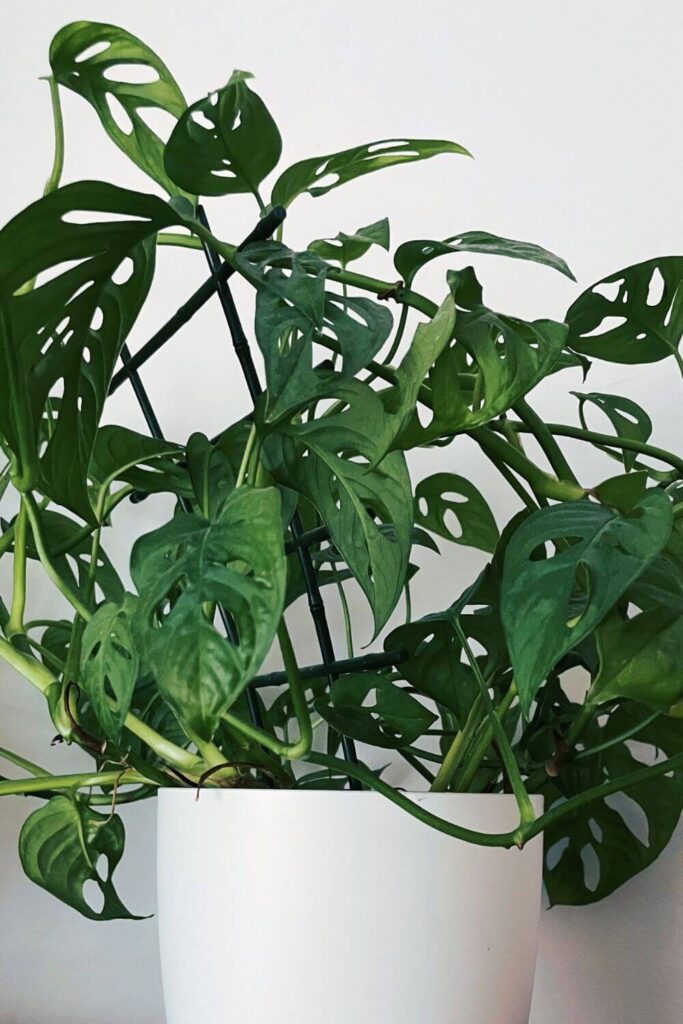
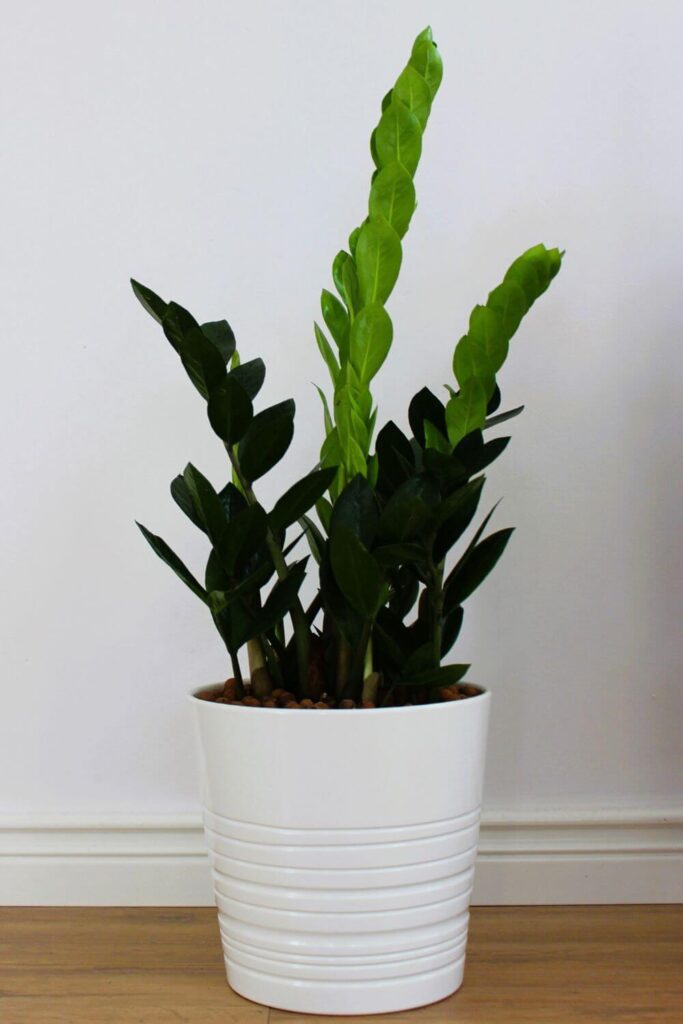
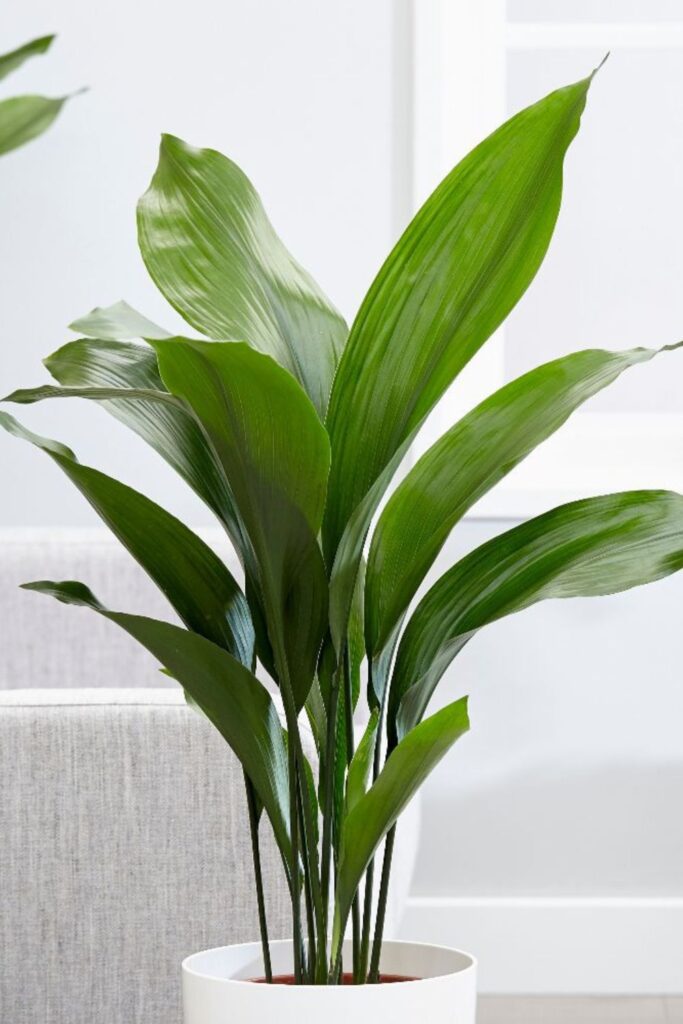
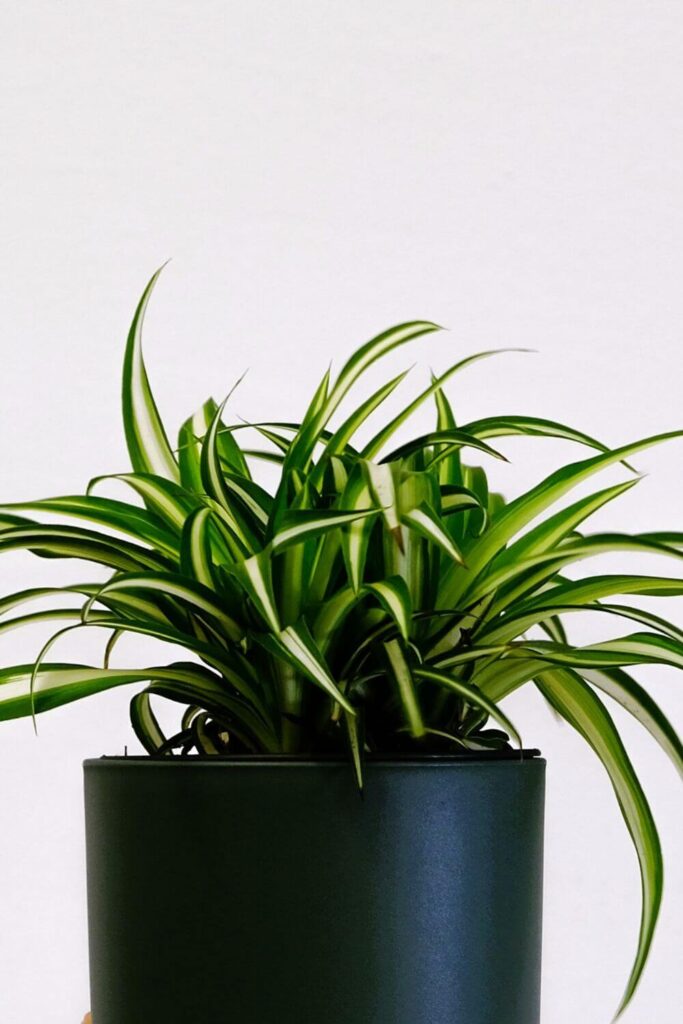
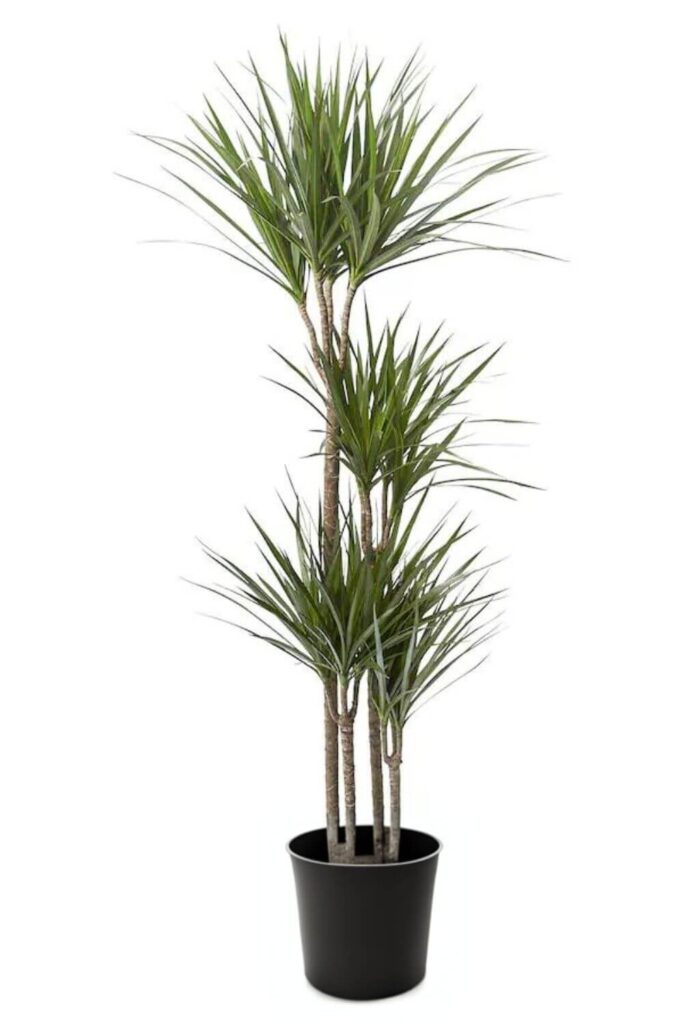
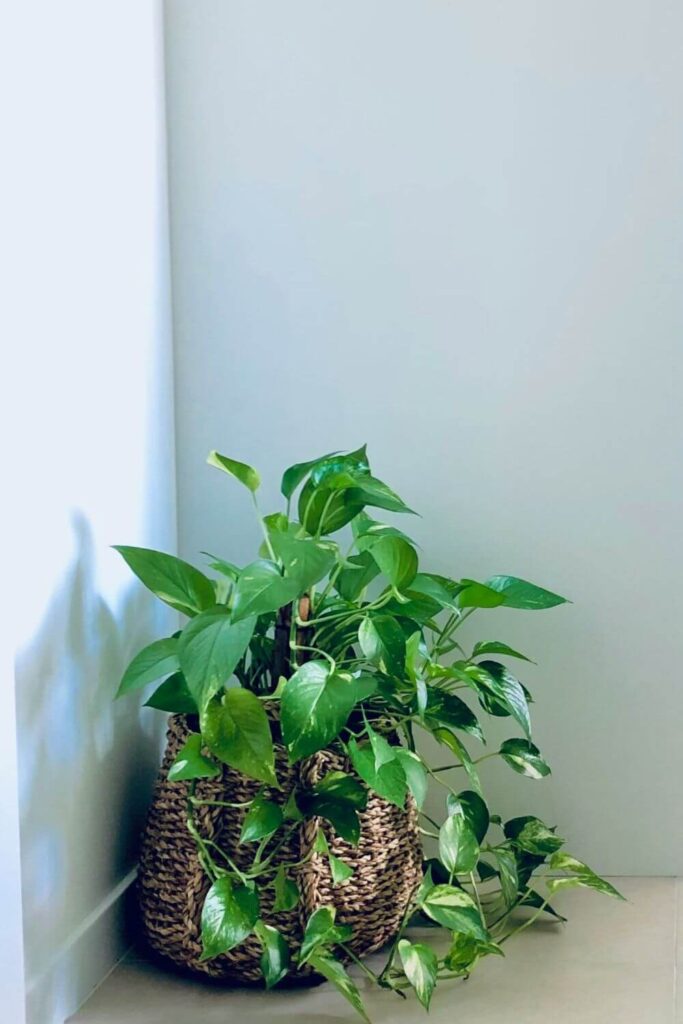
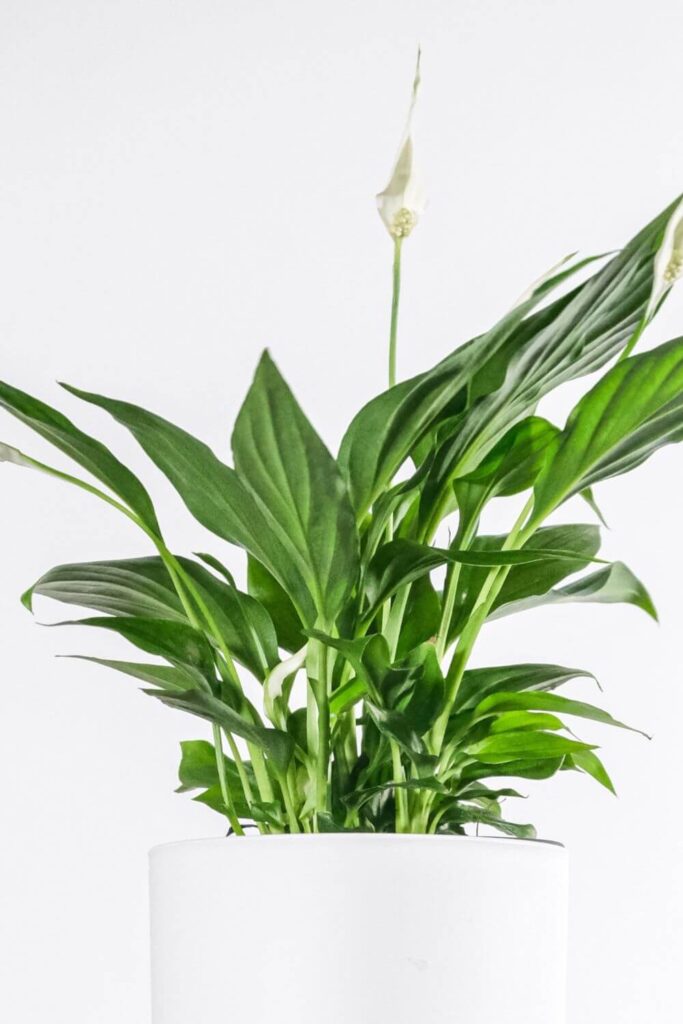
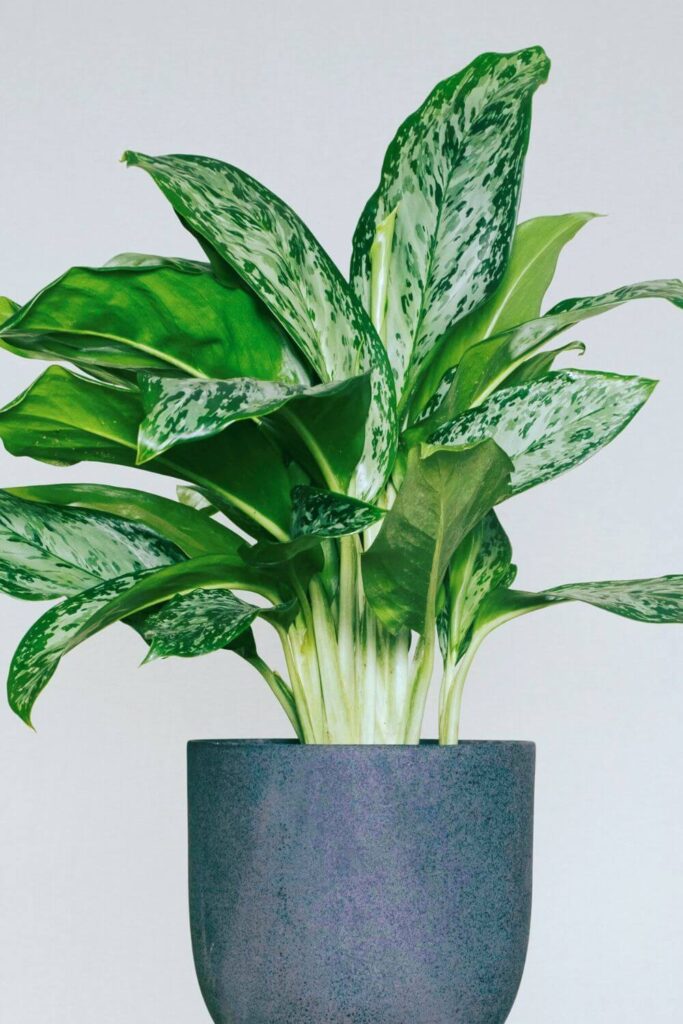
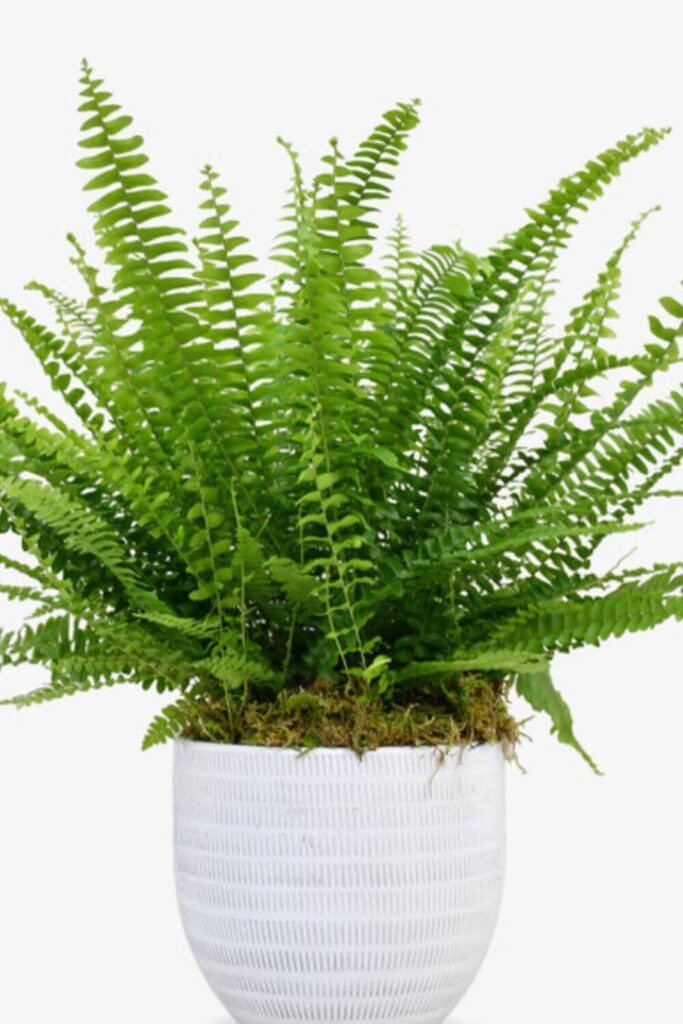
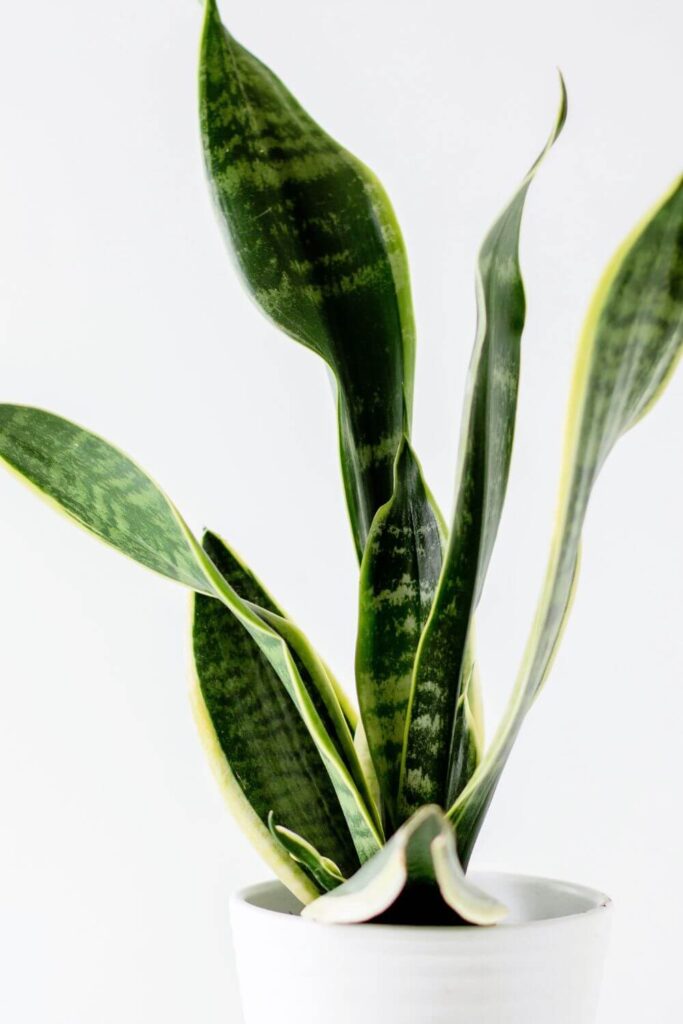

0 Comments